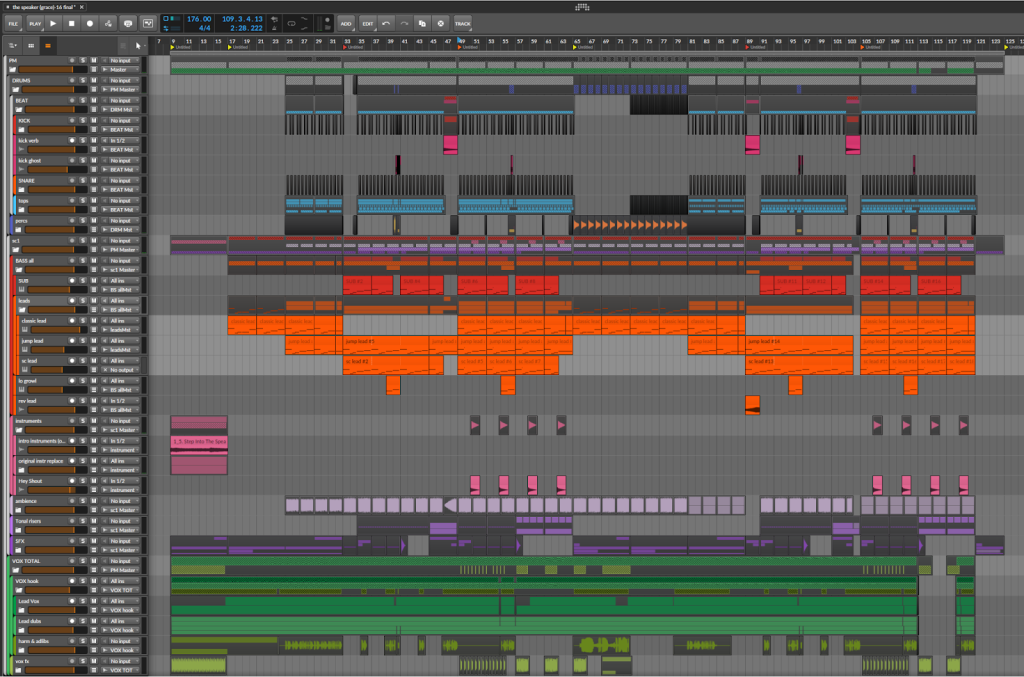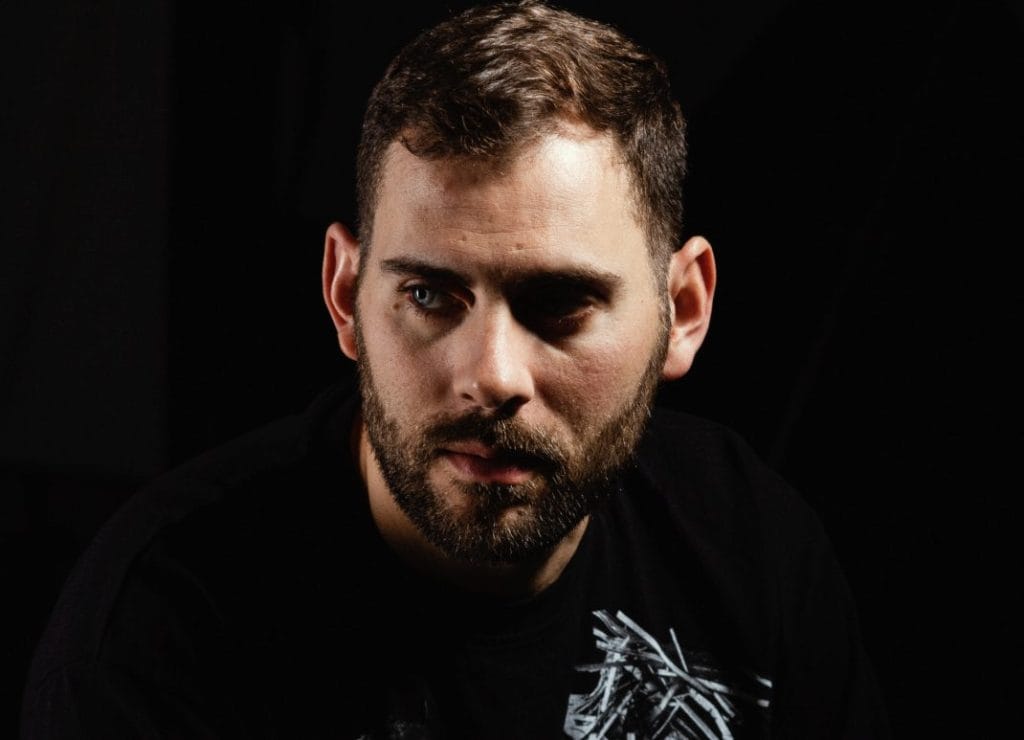Joachim Pastor has always approached electronic music through precision, structure, and curiosity rather than trends. His new album PHANTOMGRID, out now on Armada Music and Hungry Music, is the result of that mindset pushed to its edge. Built on the contrast between intuition and calculated design, he wrote most of the project mentally before translating it into sound.
The album explores the idea of an unseen framework shaping how we experience memory, perception, and reality, using AI as a tool to enhance details instead of replacing human intention.
Across ten tracks, PHANTOMGRID pushes Pastor into darker tones and hybrid structures, blending melodic techno with breaks, drum-and-bass elements, and orchestral motifs. It also introduces a fresh visual identity. Each piece of artwork, from singles to the album cover, was generated using his personal Stable Diffusion server and refined like an extension of his composition process. A full documentary will follow the release, showing how he built both the album and the live show that comes with it.
Ahead of the album’s official release, we spoke with Joachim about relationships, mentors, creative independence, and how small, easily overlooked moments often leave the biggest mark on an artist’s evolution.
Connect With Jochim Pastor: Instagram | Facebook | Soundcloud | Spotify | X | Youtube
Interview – Joachim Pastor
Looking back, which relationships have had the biggest influence on where you’ve ended up?
It’s interesting — I honestly think that the biggest influences often come from small, almost invisible things. Sometimes it’s not the famous people or the big moments that shape you, but a random conversation, a detail, or even an offhand remark that triggers something.
I’ve always tried to take the best from every interaction, to listen carefully. A single word can sometimes change the way you see your path more than a major event.
Have you had mentors or friends who opened doors that your music on its own couldn’t?
Not really, at least not in the classic “mentor” sense. There’s always a kind of duality in that — having an example can inspire you, but it can also lead you to copy, or to follow a model that doesn’t truly fit who you are.
Every artist’s path is unique. I think it’s important to admire others, especially for what you can’t do yourself — but admiration should never turn into comparison. That’s something you only learn with time and experience.
Do you think artists sometimes overlook how much relationships shape their path?
I can’t speak for everyone, but yes, relationships definitely shape your journey — for better or worse. You meet people who push you forward, and others who slow you down.
But at the end of the day, no one’s going to build your career for you. The drive always has to come from you. You are the engine — others can help steer, but you have to start the motion.
What do you look for in people you choose to work or build with?
Over the years, I’ve learned not to expect too much — that’s the best way not to be disappointed. I believe the core of any project should come from the artist. The team is there to refine details, not to dictate direction.
If someone tells you what to do at every step, you stop being an artist and become a product. For me, staying genuine means keeping creative control, even if it’s more work. That’s what keeps your identity intact.
How do you keep things genuine in spaces that reward status over connection?
I think the key is to focus on the craft, not the noise around it. When you’re centered on creating something meaningful, the rest fades away. The more you chase validation, the more you lose authenticity. I try to stay grounded — if the art is real, people feel it, no matter the context.

Has there been a relationship you had to walk away from that changed your direction?
Of course. That’s part of life, and part of growth. You only really learn by making mistakes. Some separations hurt at first, but they often open space for something better. It’s what experience is — falling, learning, and adjusting your trajectory.
What would you tell newer artists who believe they have to do everything alone?
You have to find balance. Do your own thing, make your own mistakes — that’s how you build identity. But also stay open to advice, collaboration, and constructive input. Keep your vision intact, though. If you let too many people reshape it, it’s no longer yours. Projects built with honesty and a strong sense of self always stand out, while those that chase trends usually fade fast.
The post Inside PHANTOMGRID: Joachim Pastor Discusses Memory, Machines, and Control appeared first on Magnetic Magazine.






